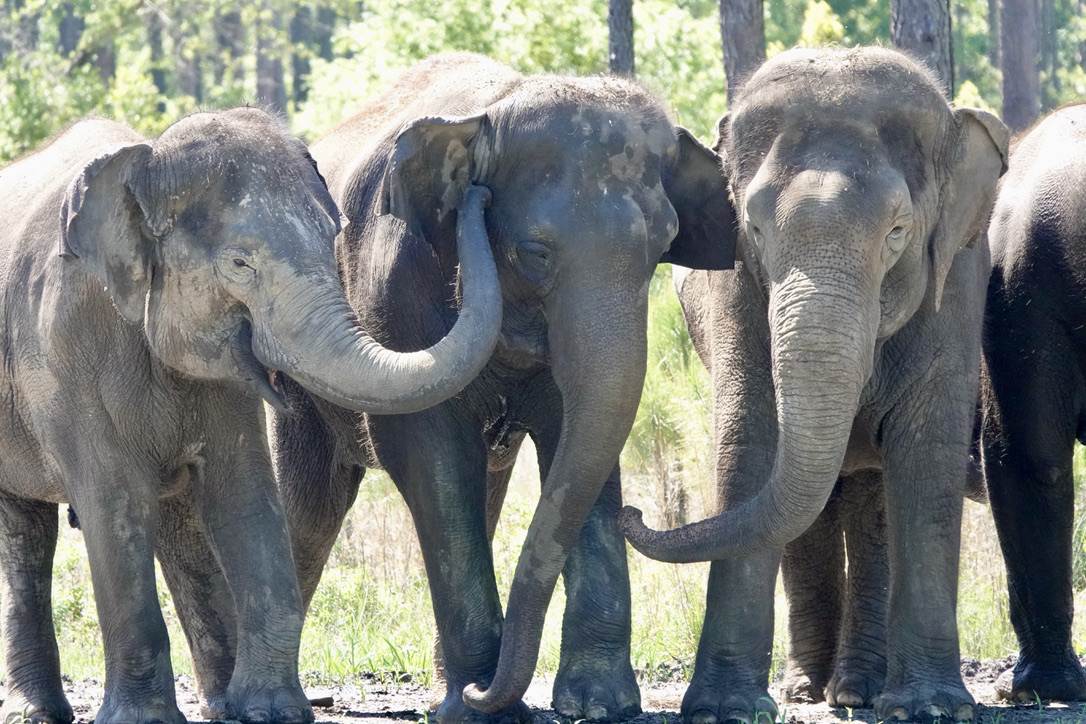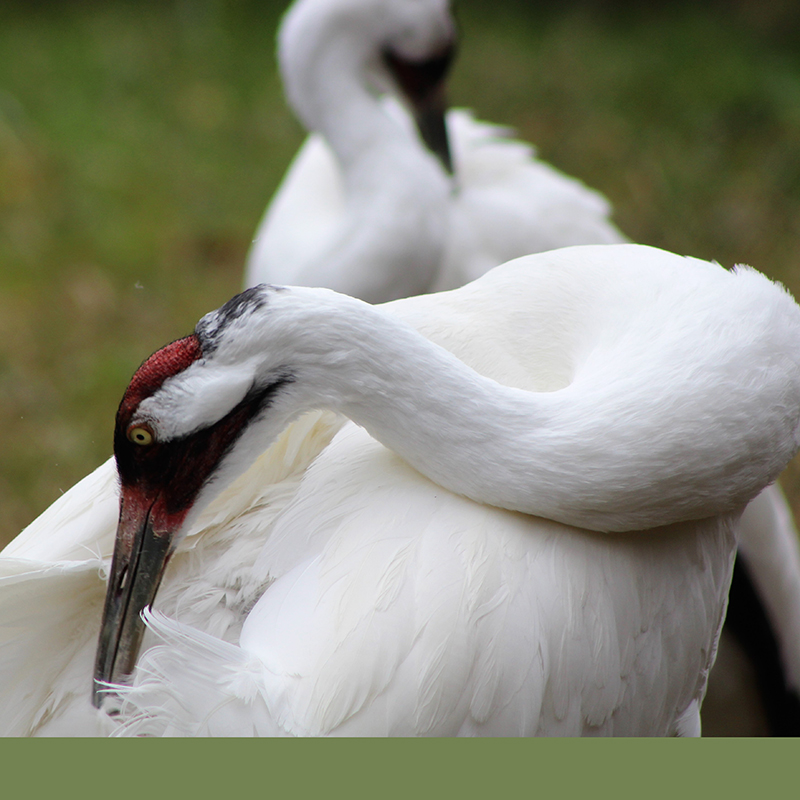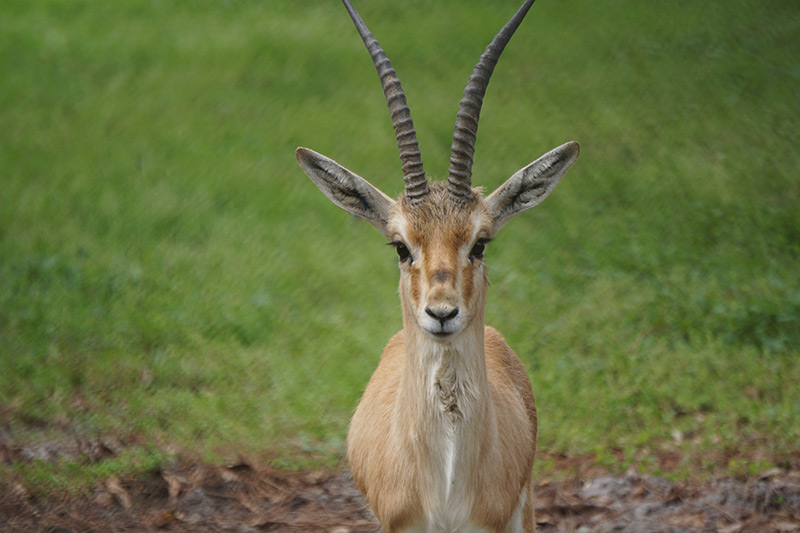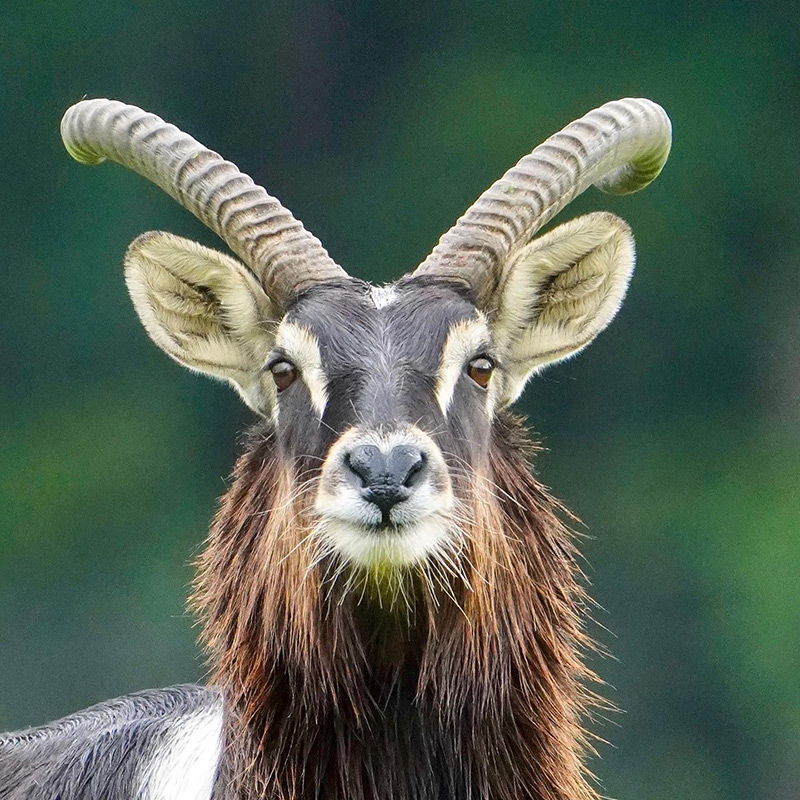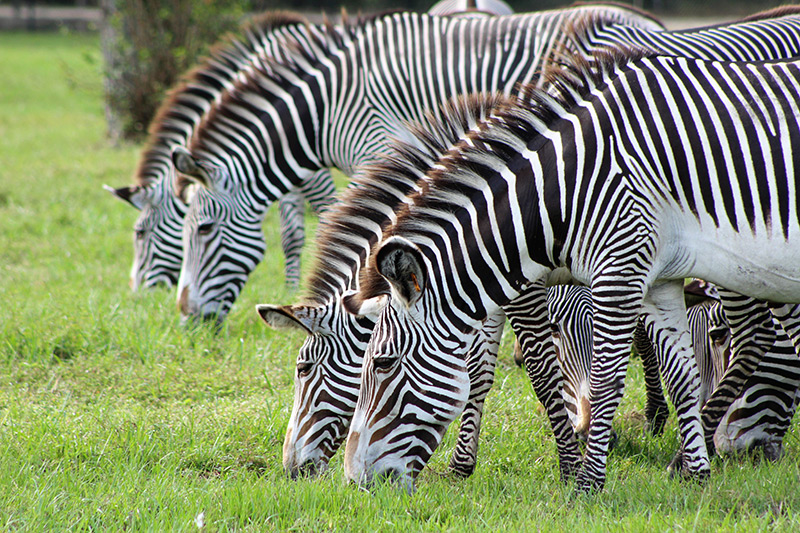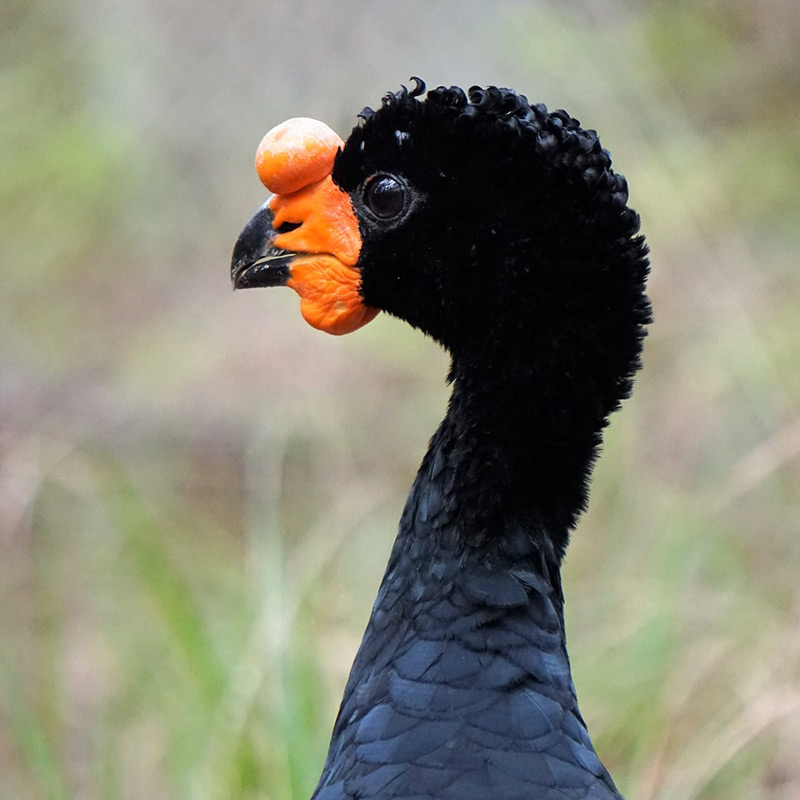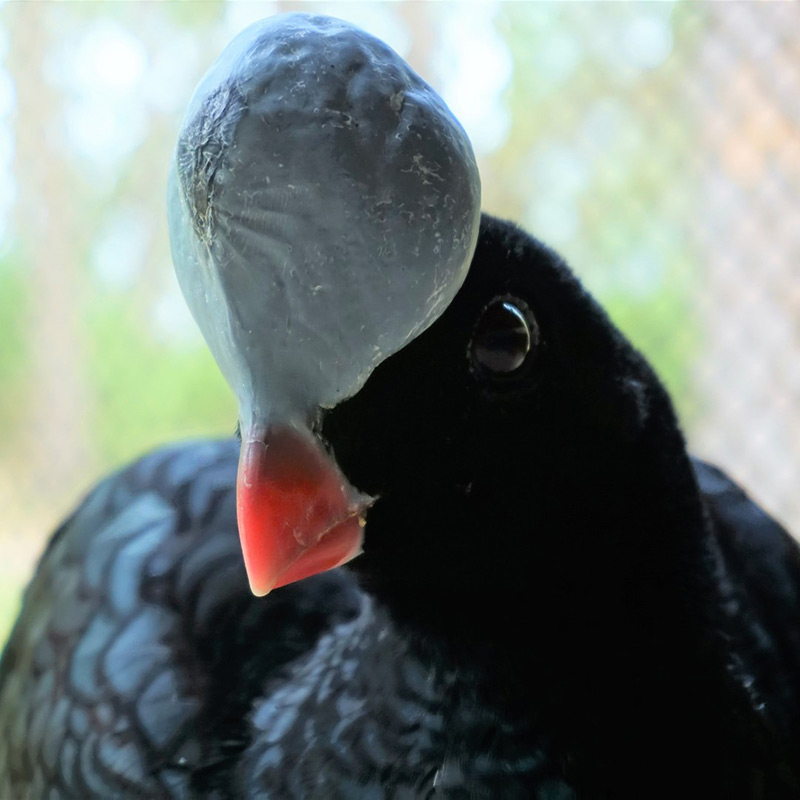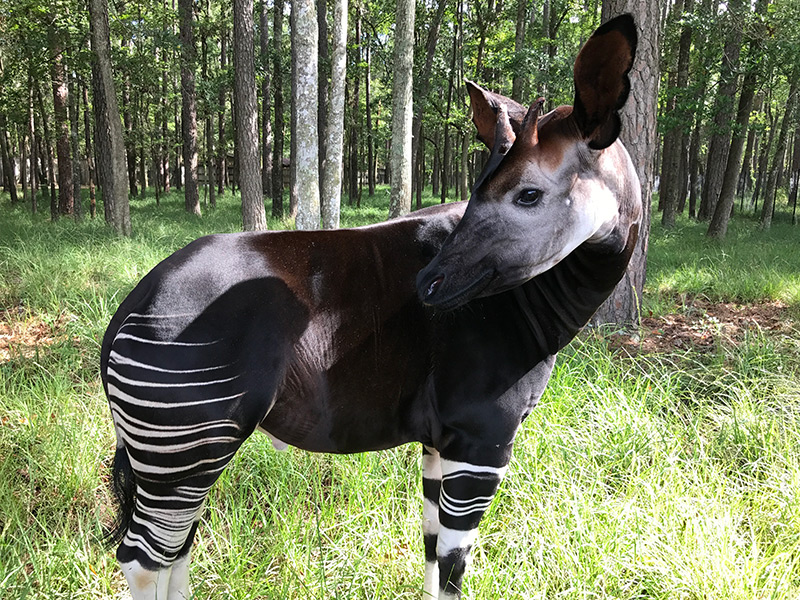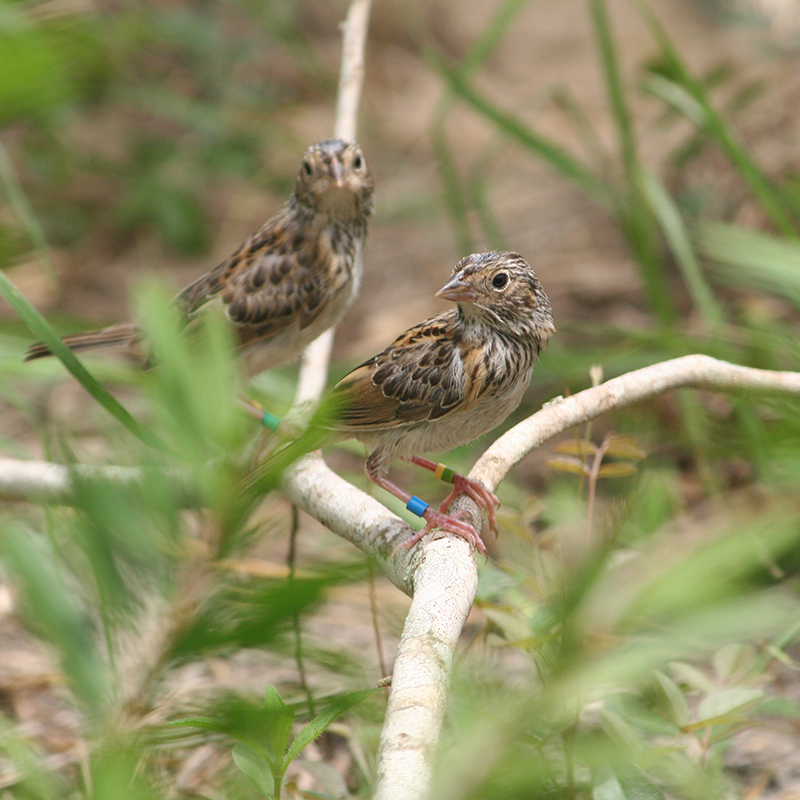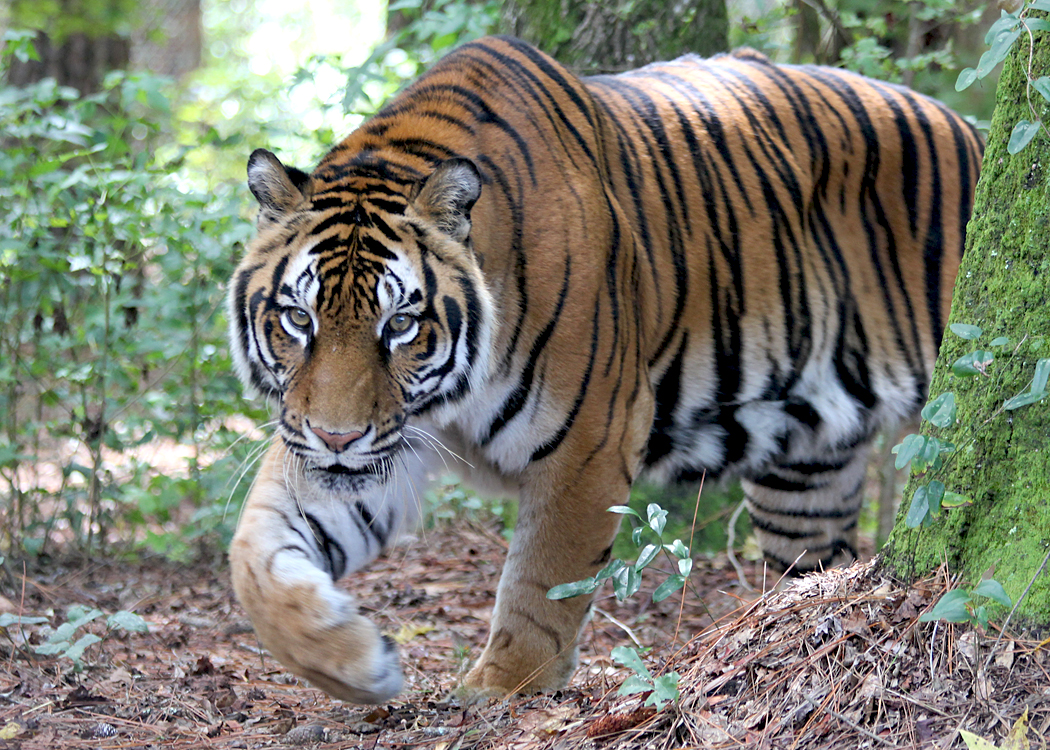Asian Elephant
Elephants Have Arrived at White Oak The First Herd of Asian Elephants Now Call White Oak Home The first herd of Asian elephants has arrived safely in their new forest habitat at White Oak Conservation. These 12 female elephants, ranging from 8 to 38 years old, will be joined by up to 20 more retired…
